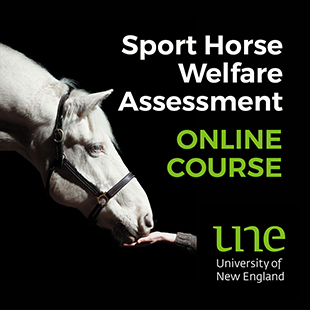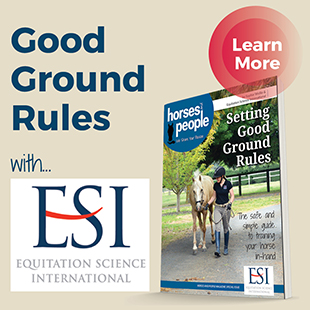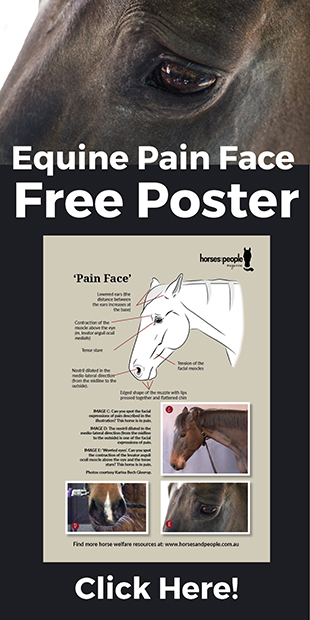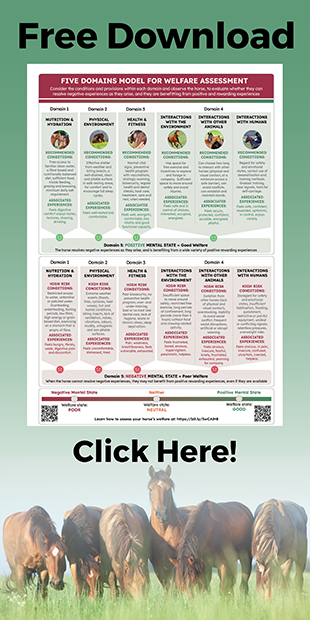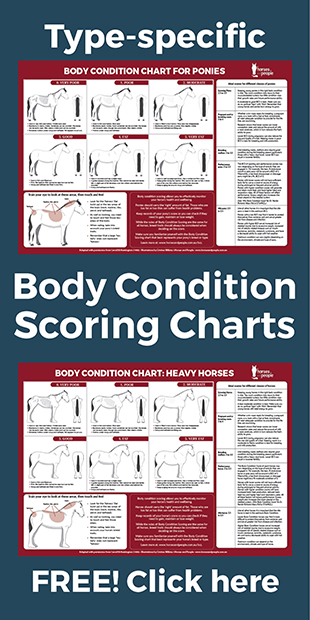Not all opinions are equal, and not all research holds water. A simple saying helps illustrate why that matters.
There is an Indian saying that captures the situation where someone with many foibles criticises someone with very few:
“That is like the sieve telling the needle it has a hole in its back!”
When staff at a scientific or regulatory organisation assert that scientists’ conclusions are “just a matter of opinion”, they are, perhaps intuitively, describing themselves and their own somewhat limited attitudes. Their own reasoning and methodology are often so flawed and lacking in rigorous foundations, that their “views” (they cannot properly be called “conclusions”) can only be accorded the status of “ill-considered opinions”.
For a conclusion to be accorded the accolade of scientific, which distinguishes it from mere opinion, it needs to be based on the application of rigorous methodology and reasoning, all features of which must have survived comprehensive, expert challenges, thus making them objectively secure.
There is a clear and important distinction to be made between two ways of interrogating data.
First, there are carefully designed studies that allow all key unknowns to be scrupulously evaluated, where the aligned data are interrogated with an open mind for what the data themselves can reveal.
Second, opposed to this are poorly conceived studies involving inadequate methodologies and faulty reasoning, which from the outset are intended by those involved, who often have undeclared conflicts of interest, to provide spurious support for their preconceived ideas.
The philosopher, Bertrand Russell once said, “Give me one false premise and I can show anything.” The respondent said, “Alright, if 1 + 1 = 1, show me that you are the Pope.” Russell immediately responded, “If I am 1 and the Pope is 1, and if 1 + 1 = 1, then the Pope and I are one, therefore I am the Pope.”
A clever logical trick, but it makes the important point that for conclusions to be reliable three conditions must be met. First, the limits on interpretation imposed by the precise details of each and every method used must be assessed rigorously. Second, the full details of the conceptual frameworks of the subject and their limitations must be thoroughly understood. And the third, of paramount importance, is to clarify how intersections between the methodological limits and those of the conceptual frameworks reveal what can and cannot be concluded from the data each study generates. Rigorous evaluation with this understanding reveals the explanatory power, or otherwise, of each experimental design.
I like the above saying, because thinking of staff with unexamined, preconceived ideas as the sieve means they will have so many holes in their backs that their views “won’t hold water”, whereas the needle at least “has a point to it!”










